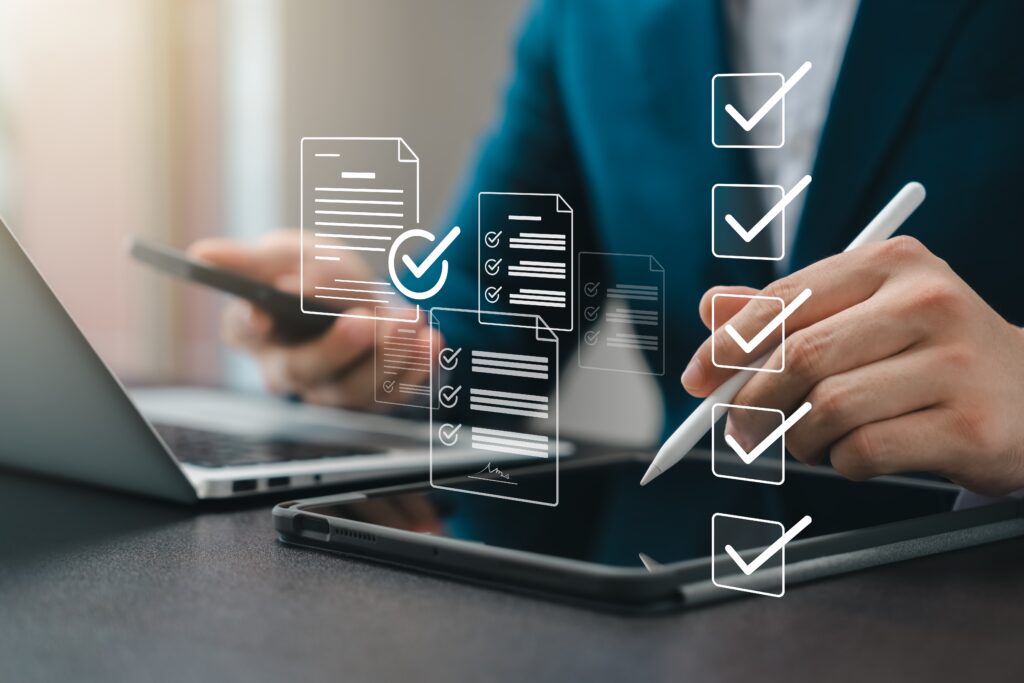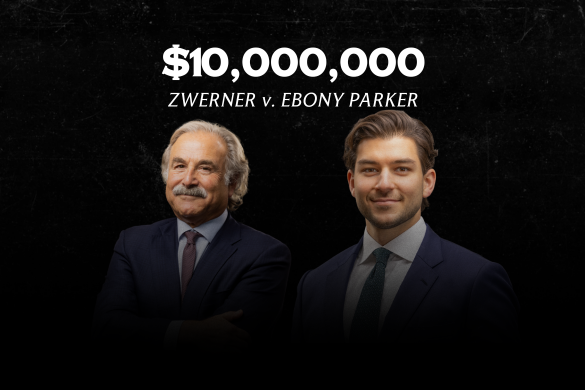After a crash or serious injury, the steps you take in the hours and days that follow can make a huge difference in both your health and your legal claim. One of the most important steps is thoroughly documenting your injuries.
Insurance companies look for any reason to minimize or deny your claim. Strong documentation takes away their leverage.
Here’s a clear, step-by-step guide.
Step 1: Get Medical Care Immediately
Even if you “feel okay,” see a doctor.
Why? Many injuries like concussions, whiplash, and internal trauma don’t show symptoms right away.
Early treatment creates a medical record that ties your injuries directly to the accident.
Step 2: Photograph Your Injuries
Take clear, well-lit photos of:
- Bruises
- Cuts
- Stitches
- Swelling
- Burns
- Broken bones
- Any visible injury progression
Re-photograph every few days to show healing or worsening.
Step 3: Keep an Injury Journal
This is one of the most powerful tools in an injury case.
Track:
- Pain levels
- Sleep issues
- Mobility changes
- Emotional effects
- Loss of hearing or vision
- Missed events or activities
- Medical appointments
Daily entries help capture the impact that medical records alone can’t show.
Step 4: Save All Medical Records
Keep copies of:
- ER records
- Urgent care notes
- Primary care visits
- Specialist visits
- Imaging (X-rays, CT scans, MRI)
- Physical therapy notes
- Prescriptions
These documents show the full scope of treatment and recovery.
Step 5: Track All Expenses
Documentation should include:
- Out-of-pocket medical costs
- Over-the-counter medications
- Medical supplies
- Travel for appointments
- Lost wages
- Childcare or household help
The more detailed, the stronger your claim.
Step 6: Document Property Damage
Photos of your vehicle or other damaged property help support the severity of impact.
Insurance companies often challenge injury severity. Property damage evidence helps counter that.
Step 7: Avoid Posting on Social Media
Anything you share (even unrelated posts) can be used against you.
Stick to updates with friends offline until your claim is resolved and refrain from posting on your socials.
Step 8: Speak With a Virginia Personal Injury Attorney
An attorney can:
- Preserve evidence
- Stop insurance company pressure
- Coordinate medical documentation
- Protect you from harmful statements
- Strengthen your case from day one
The sooner you involve a lawyer, the better.
Contact Breit Biniazan online or call (855) 659-4457 today to speak with one of our experienced personal injury attorneys.
Injury Documentation Checklist
Immediately After the Accident:
☐ Call 911
☐ Get medical evaluation
☐ Photograph the scene
☐ Photograph visible injuries
Within 24–48 Hours:
☐ See a doctor (if not done at scene)
☐ Start an injury journal
☐ Contact a personal injury attorney
During Recovery:
☐ Take photos every few days
☐ Keep all medical records
☐ Track every expense
☐ Save receipts and prescriptions
☐ Attend all follow-up appointments
☐ Avoid posting on social media




